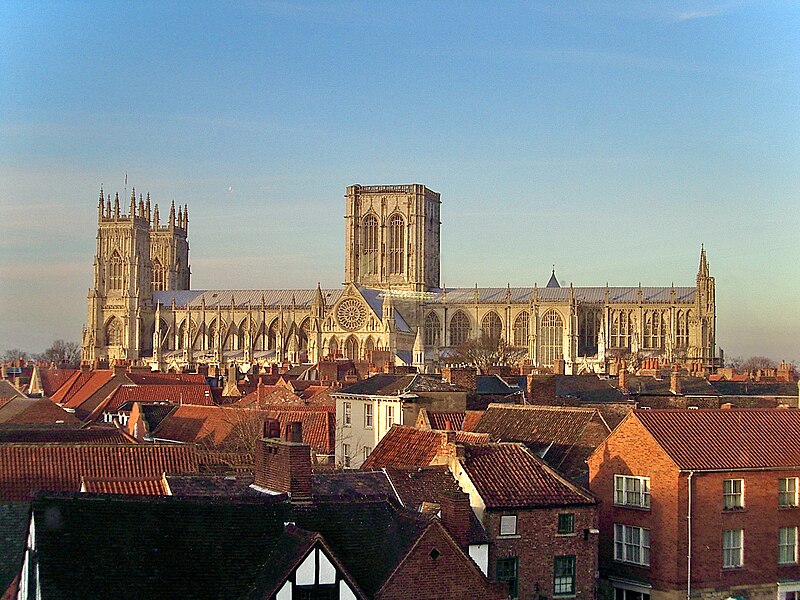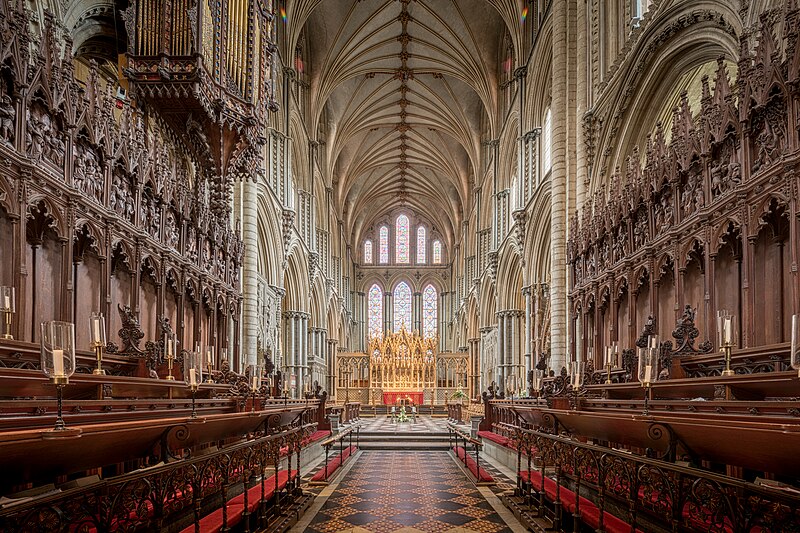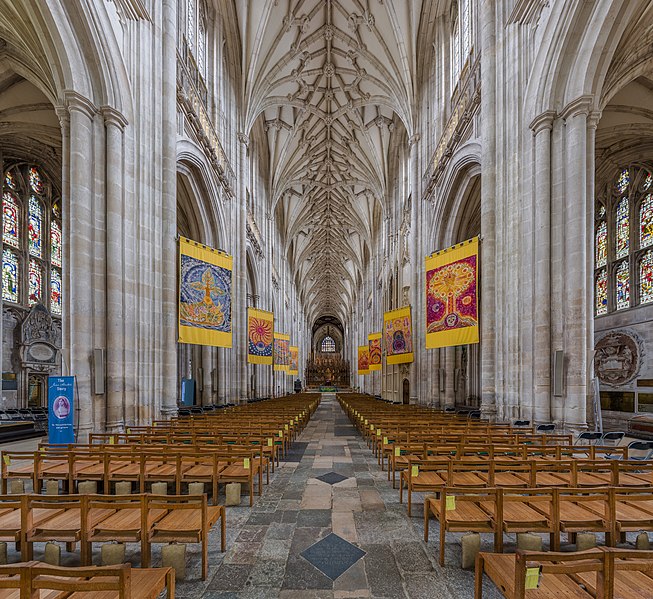'Unprecented' is a word we have been hearing a lot recently,
with the unwelcome arrival of Covid-19 in all of our lives. For the inhabitants of the charming Wiltshire
cathedral town of Salisbury it must have come all too soon after a previous
unprecedented event: the targeting of a Russian national living in the city
with the nerve agent novichok, a news story which broke in March 2018 and was
watched with horror by people all over the country and the wider world. I remember feeling outraged at this
unwarranted attack on not just one individual (and his daughter who happened to be visiting), but an entire English city,
particularly when a perfectly innocent member of the public died after
unwittingly coming into contact with the deadly substance, and a policeman ended up in intensive care.
That sense of outrage was reignited recently
with the showing of a 3-part drama reliving the events of 2018 called The
Salisbury Poisonings, starring Rafe Spall as the policeman. There were eerie parallels with the Covid-19 crisis, with talk of tracing individuals who may have come into contact with the nerve agent and shutting down businesses while a massive cleanup took place, so that what at the time seemed unreal and inconceivable now seems a fact of life.
Much of the filming of the drama took place in Salisbury
itself, with some of the key locations of the real-life event making a
prominent appearance. The shopping area
just off the city’s main square known as The Maltings was where the Russian
victims Sergei Skripal and his daughter Yulia were found on that fateful
Sunday. Adjacent to the shops are a pub
called Bishops Mill, and a branch of the Zizzi pizza restaurant chain. These were visited by the Skripals before
they were discovered incapacitated on a bench.
I have visited both of these establishments several times, and could
hardly believe that they played a part in such a sinister episode.
 |
| The Maltings, Salisbury - geograph.org.uk - 1052564. Photo by Jonathan Billinger, via Wikimedia Commons. |
One of Salisbury’s most attractive features, apart from its
magnificent cathedral, is the expanse of open green spaces with the River Avon
flowing through them, with an often astonishing number of swans in
attendance. This was where a dead swan
was found near the Five Rivers Leisure Centre and was investigated in case it was yet another victim of the nerve
agent. The unfortunate swan, though
dead, was given the all clear as far as novichok was concerned.
 |
| Salisbury Cathedral exterior 2. Photo by WASD, via Wikimedia Commons. |
The decontamination effort, which caused untold disruption
to the city’s businesses, and which saw the centre of this genteel cathedral
city colonised by men in special hazmat suits looking like something out of a
sci-fi movie, was finally completed nearly a year after the original discovery
of the stricken Russians. The bench at
the centre of it all was removed, and there was talk of putting an art
installation in its place. One cannot
help but feel for the city’s inhabitants, who came out of the novichok scare
only to be confronted with covid-19 a year later. Let’s hope the city can bounce back again
this time.





